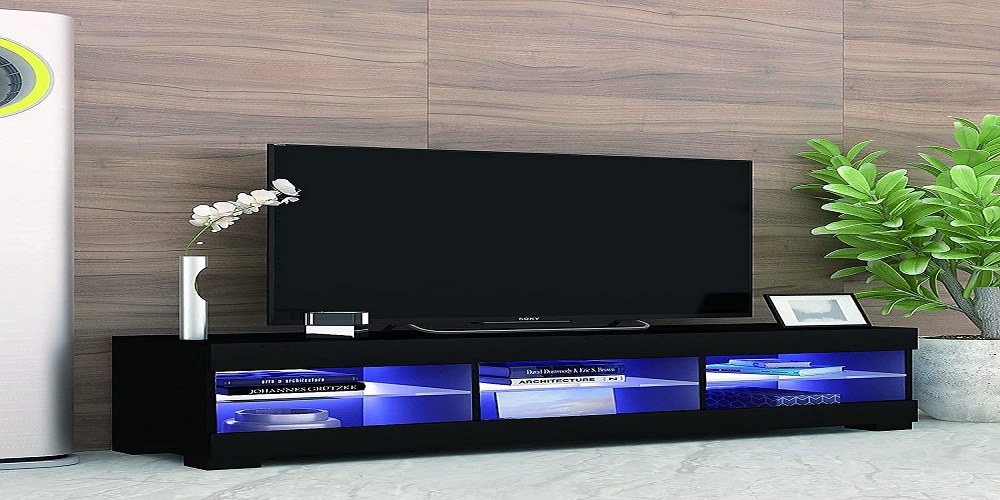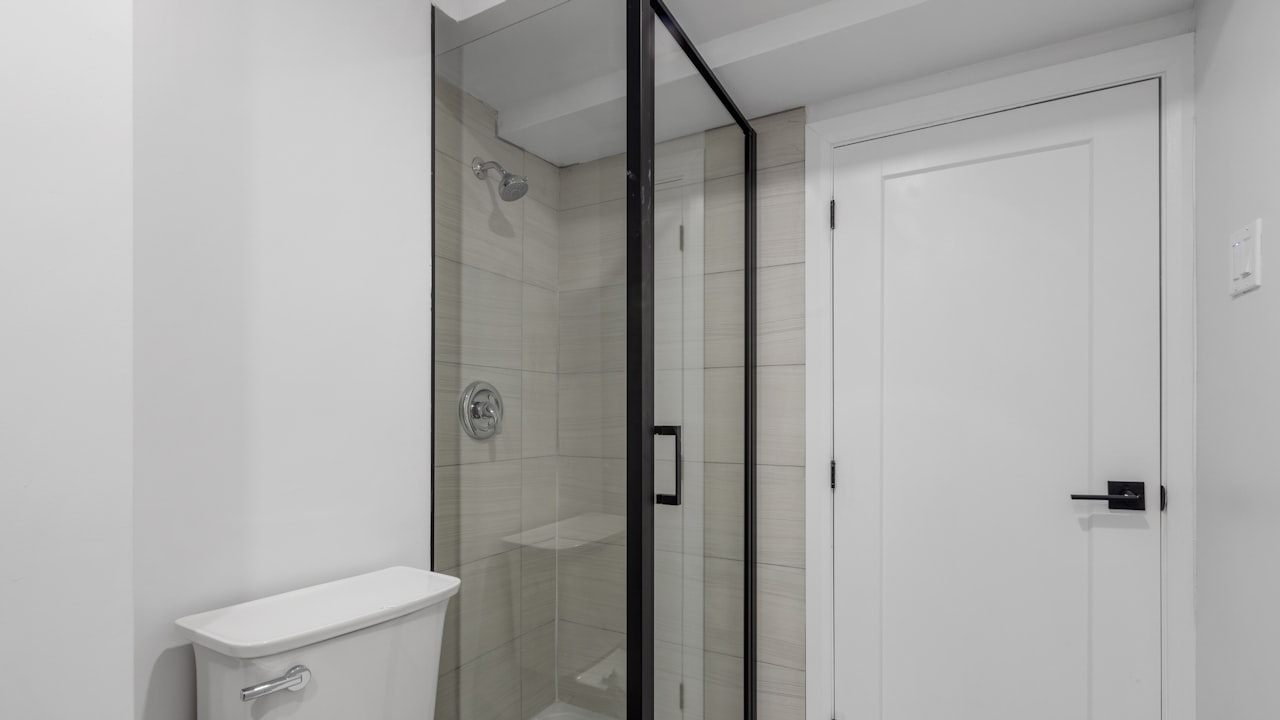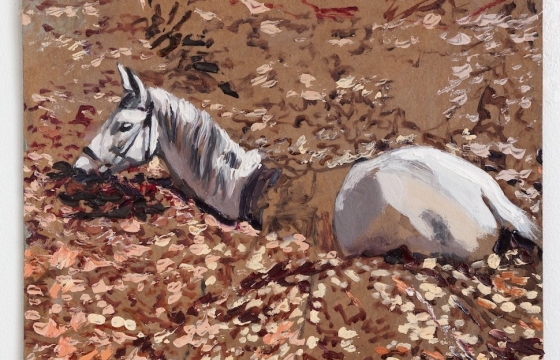Lillian is an authority on car maintenance and the emerging technology industry. She provides advice for drivers on the latest safety features and how to keep their vehicles in top condition. Lillian also covers topics related to the automotive industry, such as self-driving cars and alternative fuel sources.
What Are The Uses Of LED Lights In Our Daily Life?

Sep 26, 2022
Benefits of Men's Mesh Shorts

Sep 23, 2022
Getting the right cabinets for your bathrooms

Jul 27, 2020
Am I Making The Right Choice Of Tapware?

Jul 19, 2020
When Should Your Child Attend Preschool?

May 10, 2017










